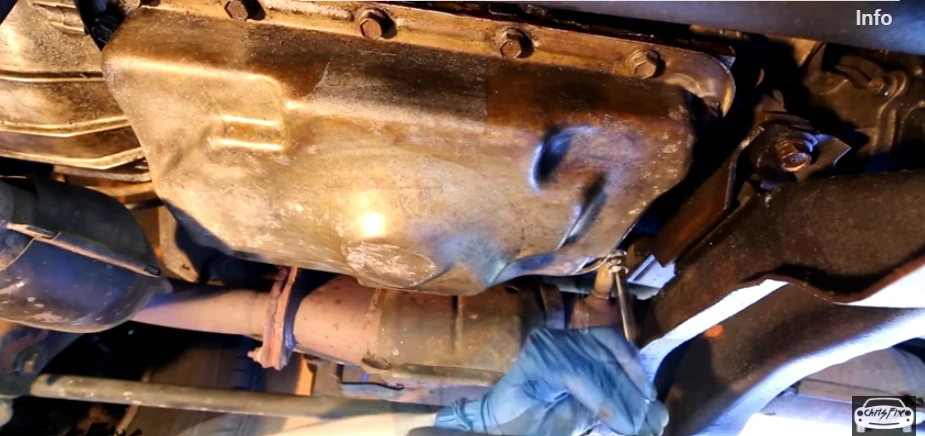Transmission fluid works quietly in the background, but it’s essential for smooth shifting and long transmission life. Fresh fluid reduces wear, prevents overheating, and keeps your vehicles running reliably.
Transmission fluid works quietly in the background, but it’s essential for smooth shifting and long transmission life. Fresh fluid reduces wear, prevents overheating, and keeps your vehicles running reliably.
Change the fluid when you notice:
For fleets, ignoring these signs can lead to transmission failures, higher repair costs, and unexpected downtime.

Transmission fluid works quietly in the background, but it’s essential for smooth shifting and long transmission life. Fresh fluid reduces wear, prevents overheating, and keeps your vehicles running reliably.